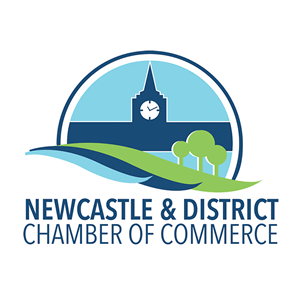Marketing Budget Calculation For Small Businesses

This is an article I found by Jeffrey Joyner that will help small business owners calculate how much they should be spending on advertising and marketing to promote their business. Keep in mind “Marketing is everything and Everything is Marketing” when you read this, hopefully, you will be more receptive to spending the dollars necessary.
What Is the Average Marketing and Advertising Budget for a Business?
No single number can provide a definitive answer regarding the average amount a small business should spend on marketing and advertising. How much you should allocate to such endeavors depends on a number of factors, including your goals, your projected sales, and your disposable income. However, it may be helpful to examine the methods of creating an advertising budget and the average percentages typical small businesses use in their calculations.
Percentage of Sales Method
The most commonly used method is to base your marketing budget on a percentage of your sales. You may use sales units, past sales or projections for future sales as the basis for your calculation. The advantage of using sales as your basis is that if you experience a slow quarter, your marketing budget will automatically decline. Although you may choose to use 5 to 7 percent of your sales as your advertising budget, which is the range that most marketing people recommend, “Entrepreneur” recommends you perform a more precise calculation. First, calculate 10 and 12 percent of your annual projected sales. Next, multiply each number by your gross markup percentage, which is the ratio of your product costs to your selling price. After making those calculations, deduct your rent or mortgage payment from each number. The balances remaining represent the dollar range you should set for your marketing budget.
As a Percentage of Total Budget
If you are opening a new business, you may need to devote more of your budget to marketing. Iowa State University recommends that start-up businesses should devote between 20 and 30 percent of their total annual budget to advertising and marketing during the first and second years. If you are purchasing an existing business that is already well established, 7 to 10 percent of your total budget should be adequate.
Combination of Methods
You may choose to use the long-standing rule that a business’ marketing costs should be between 1 and 10 percent of annual sales. Adjust the percentage upward if you are launching a business that no one has ever heard of and adjust the percentage downward if you are opening a widely-known franchise or continuing a well-known operation. Your percentages may also be on the high side if you sell “big-ticket” items with large profit margins. Your industry may also be a factor; research what your competitors spend on sites such as Dun and Bradstreet. Finally, analyze how much you can realistically afford to invest in advertising. Attracting new customers is futile if you cannot afford to keep the utilities connected or pay your rent.
Marketing Options to Consider
Business owners must decide which media to use to market their products or services. Traditionally, most advertising has been through print advertising, radio and television commercials, direct mail campaigns, telephone book ads and attendance at trade shows. However, the advent of the Internet made other forms of marketing both available and affordable. Maintaining a website, marketing through the social media sites, such as Facebook or Twitter, blogs and video presentations on sites such as YouTube are all possibilities.
Call Jim Norwood To Get Started Today
(905) 723-0336


 We Accept Visa And MasterCard
We Accept Visa And MasterCard